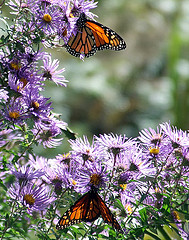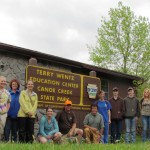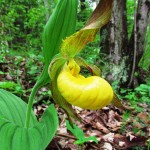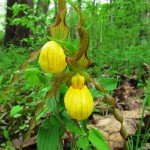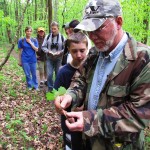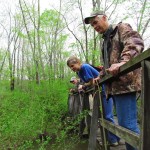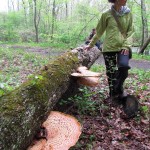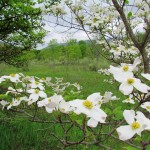We encourage everyone to provide comments to the US Army Corps of Engineers as they revise their master plan for Raystown Lake. Submit via their website or by mail. Here's some sample text; please use as much or as little as you like, and put into your own words if possible.
To whom it may concern:
The ecological evidence provided in the Huntingdon County Natural Heritage Inventory demands that the Hawn’s Bridge peninsula be designated as an Environmentally Sensitive Area in the Master Plan Revision.
The Hawn's Bridge peninsula is part of the Raystown Dam Natural Heritage Area (Biological Diversity Area) identified in the Huntingdon County Natural Heritage Inventory. The Inventory characterizes such areas as "containing plants or animals of special concern at state or federal levels, exemplary natural communities, or exceptional native diversity." The Huntingdon County Natural Heritage Inventory was administered by the Huntingdon County Planning Commission and identifies and maps Huntingdon County’s most significant natural places. The study investigated plant and animal species and natural communities that are unique or uncommon in the county. It also explored areas important for general wildlife habitat and scientific study. The inventory is a tool for informed and responsible decision-making.
The area in which a marina and other facilities are proposed includes red cedar-mixed hardwood rich shale woodland, and Virginia pine - mixed hardwood shale woodland communities. These rare habitats support two plant species endemic to shale barrens: the shale barrens evening primrose (Oenothera argillocola) (PA Threatened) and Kate's mountain clover (Trifolium virginicum) (PA Endangered). Several invertebrate species associated with shale barrens and the surrounding xeric forest also are found there. These include the southern pine looper moth (Caripeta aretaria), the promiscuous angle (Semiothisa promisuata), and a noctuid moth (Properigea sp.)
According to the Huntingdon County Natural Heritage Inventory, "The shale barren communities and associated plant species depend upon the harsh conditions found on these steep, dry slopes where competition from other species is low. Disturbances that can lead to the introduction of exotic and aggressive species are one of the largest threats." The establishment of a marina and associated amenities on the Hawn's Bridge Peninsula would certainly cause the types of disturbances which the Inventory warns against.
In addition, the Hawn's Bridge Peninsula is clearly visible from the Hawn's Overlook and from the Allegrippis Trails. From an aesthetic viewpoint, converting the forested peninsula to an entertainment-oriented facility with a marina would create an eyesore.
Furthermore, Terrace Mountain, adjacent to the Hawn’s Bridge peninsula, should be designated as Low Density Recreation because it contains a Bat Conservation Area, the Terrace Mountain Trail, and steep topography that is unsuitable for development. Visitors to Raystown Lake value the wild nature of the eastern side of the lake. Development should be confined to the western side of the lake, which already has infrastructure to support it.
Therefore, for ecological and aesthetic reasons, I strongly support the designation of the Hawn's Bridge peninsula as an Environmentally Sensitive Area and the designation of Terrace Mountain as a Low Density Recreation area.
Sincerely,
[Your name and address]

